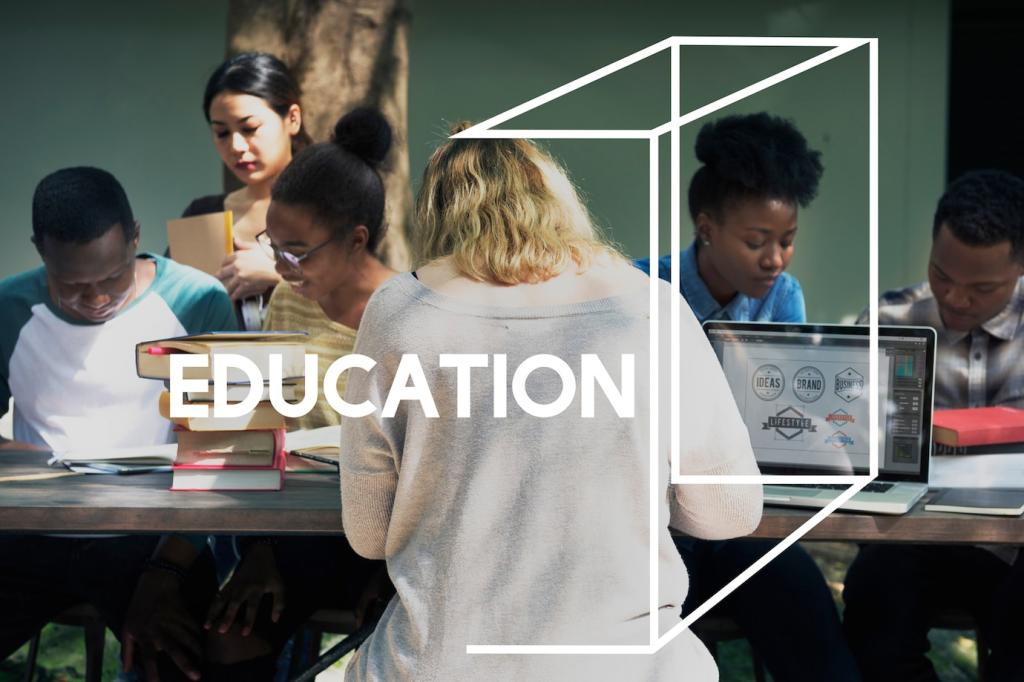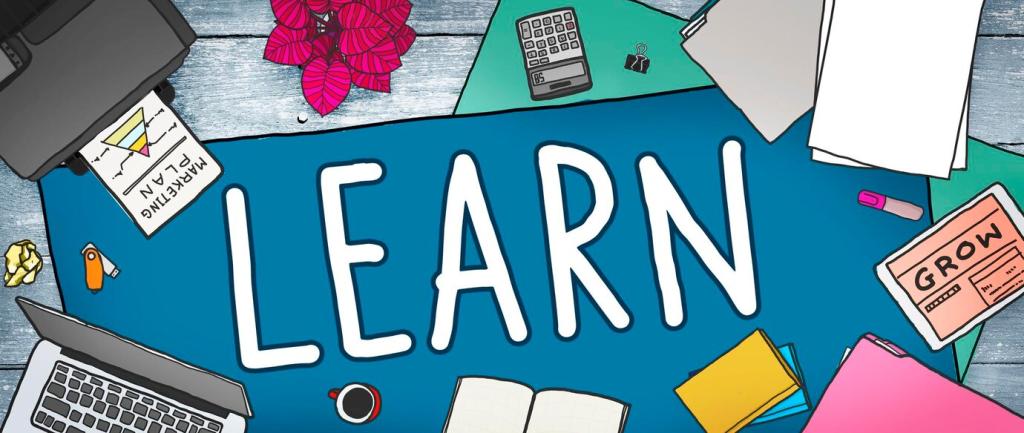Why Mobile-First Matters for Educational Platforms
Many students begin research on a phone while commuting, between shifts, or after family duties. Designing for quick, reliable access respects their reality and increases completion rates. Comment with your context, and we will tailor future guides to the situations you most often face.
Why Mobile-First Matters for Educational Platforms
Mobile first thinking prioritizes low cost devices and shared phones, ensuring content loads fast and remains readable with minimal data. That translates into broader participation and fairer outcomes. Share your bandwidth and device constraints, and we will include relevant workarounds in upcoming posts.







